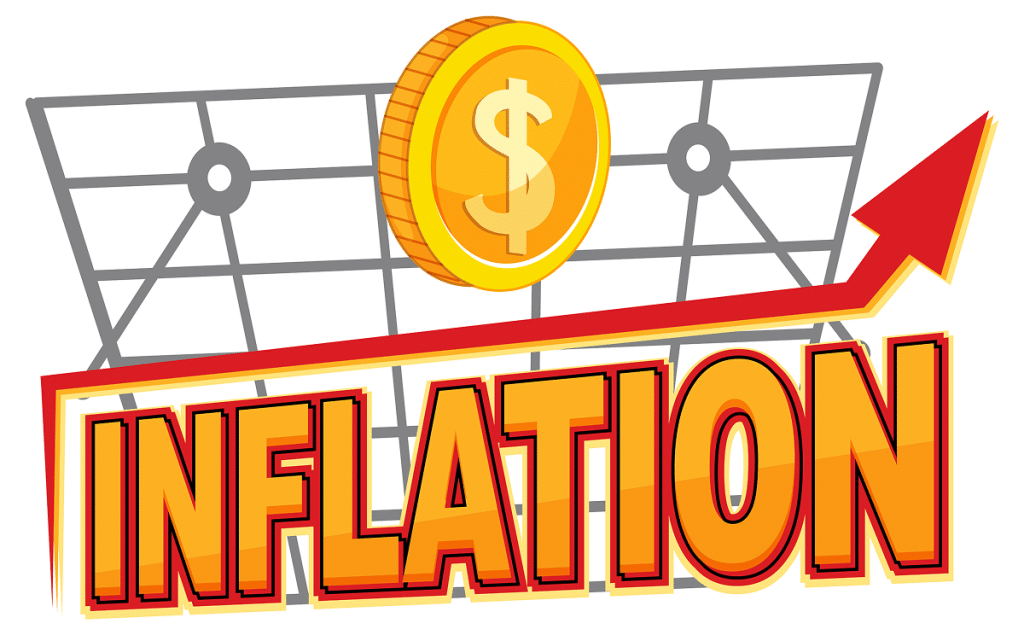
Gold has historical importance as a store of value, particularly during economic uncertainties.
Example: During the 2008 financial crisis, gold prices surged as investors sought security amid market turmoil.
Inflation significantly affects gold prices, as investors turn to gold to hedge against currency depreciation.
Example: Gold prices soared in the 1970s amid high inflation rates in the U.S.

Central bank actions, such as changes in interest rates and monetary policy, strongly influence gold prices.
Example: Gold prices rose sharply following the introduction of QE policies after the 2008 recession.
Gold prices are sensitive to geopolitical uncertainty and instability.
Example: Tensions between the U.S. and Iran in early 2020 led to a significant spike in gold prices.

Gold often has an inverse relationship with the stock market, providing portfolio diversification.
Example: During the COVID-19 pandemic market crash of 2020, gold prices initially rose sharply as equity markets fell.
Key economic indicators regularly influence gold prices.
Example: Weak U.S. employment data typically leads investors toward gold, anticipating slower economic growth and lower interest rates.
Investor psychology and market sentiment significantly impact gold prices.
Example: Gold prices surged amid fears of economic uncertainty triggered by Brexit in 2016.
Effective analytical techniques help traders and investors better anticipate gold price responses to economic events.
Example: A trader uses both fundamental analysis (monitoring central bank announcements) and technical analysis (chart patterns) to predict gold price movements.
Practical strategies traders can use to capitalize on gold price fluctuations due to economic events.
Example: A trader might buy gold ahead of anticipated central bank rate cuts to benefit from potential price increases.
Understanding how gold prices react to economic events provides investors and traders with crucial insights to manage risk and optimize returns. Awareness and strategic action based on economic indicators, geopolitical contexts, and market sentiment form a robust foundation for successful gold investing.
Disclaimer: The information and tools provided by Sky Links Capital are strictly for educational and informational purposes only. They do not constitute financial advice, investment recommendations, or an offer to buy or sell any financial instruments. Users should make independent decisions based on their own research and, where appropriate, seek professional advice.